Nadia Perlov
Gästezimmer at the Sammlung Pohl
Exhibition Note by Ben Livne Weitzman
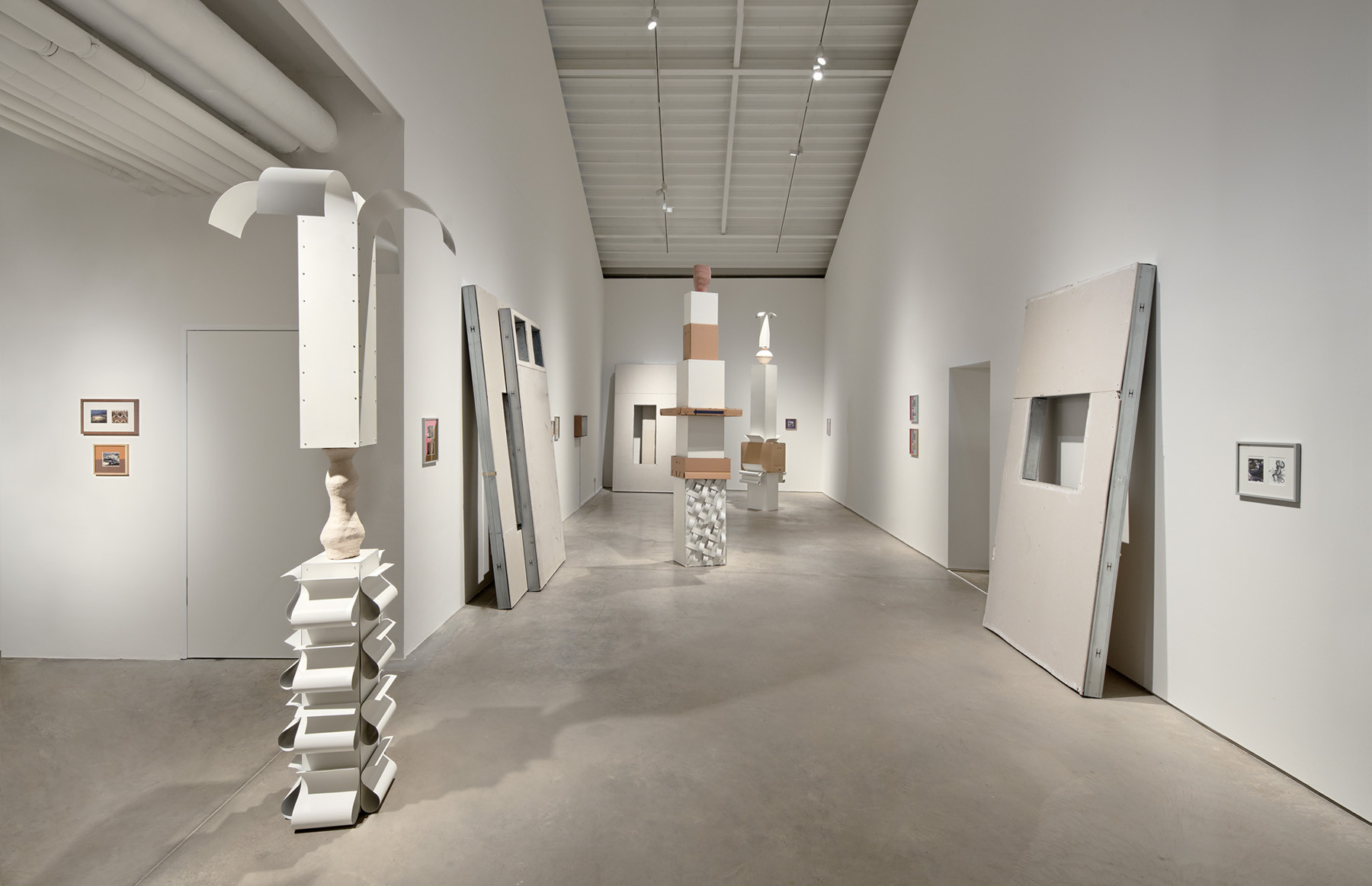
Nadia Perlov, All Those Doubleness, 2022. Installation view, Sammlung Pohl, Marburg. Photography: Jens Gerber.
This text was originally written to accompany the exhibition "All Those Doubleness" by Nadia Perlov at the Gästezimmer of the Sammlung Pohl, Marburg.
--
“What was created
Must perish;
What perished,
rise again!
Cease from trembling!
Prepare yourself to live!”
Gustav Mahler / Symphony No.2 In C Minor - "Resurrection"
But a few weeks after the end of the Six-Day War in the summer of 1967, Jewish-American composer Leonard Bernstein arrived in Jerusalem to conduct a “peaceful reunification” concert on top of Mount Scopus. The "Roman" amphitheatre, built and designed in 1925 by German architect Fritz Kornberg, faces East, overlooking the dead sea, Jordan, and the newly occupied Palestinian territories. Bernstein, at the height of his career, chose to play Gustav Mahler’s Resurrection Symphony.
To the south, Mount Scopus looks down on the Old City. Further down the mountain ridge is the Mount of Olives, a 3000 years old Jewish cemetery from which both Jesus and Maria are said to ascend to the heavens. Though primarily a Christian theme, the idea of resurrection following the return of the Messiah also exists in Judaism, and the Mount of Olives is the “first row” to the end of days. In the Talmud, there is a description of how the buried bodies across the globe will have to roll towards Jerusalem in underground tunnels, driving many Jews to choose to be buried there so to avoid such a potentially spiritually painful journey.
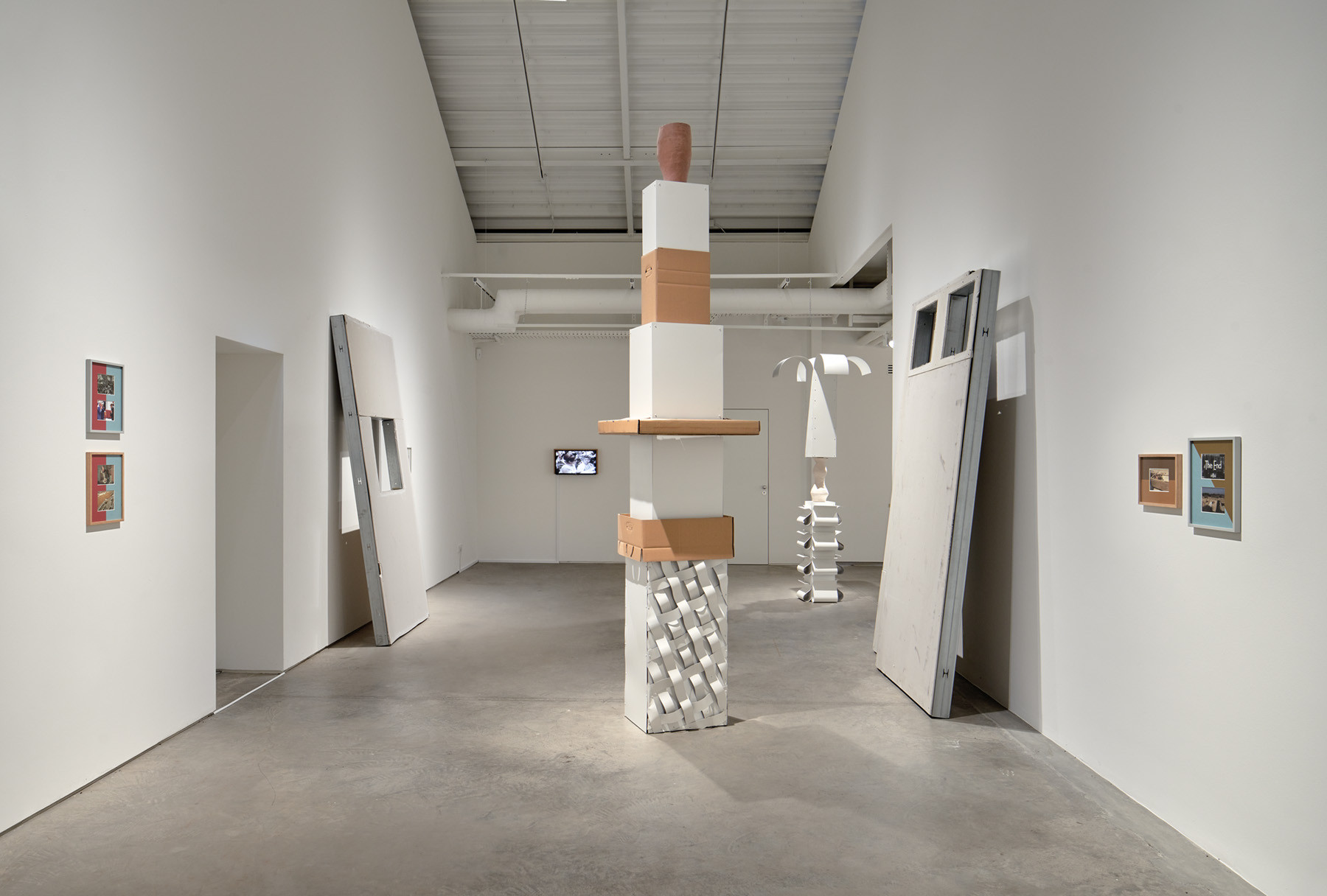
Nadia Perlov, All Those Doubleness, 2022. Installation view, Sammlung Pohl, Marburg. Photography: Jens Gerber.
During the Six-Day War, the Israeli military captured the mountain area and the Old City from Jordanian control. Twenty-two years after the end of World War II, the war was a symbolically charged moment. The newly formed Jewish state won through a rapid preemptive attack against the Arab coalition comprising primarily Egypt, Jordan and Syria and captured territories almost double its size. This could be considered the first Jewish armed victory in over 2000 years since losing control of the same Old City. It was perceived as a do-or-die moment for the young country.
This euphoria doubled as a moment of complete blindness towards the Palestinian people living in the newly-occupied territories, who found themselves under Israeli military control ever since. Many were already forced to leave their homes in Hifa, Acre, Lod, and other cities years before following the 1948 war of independence / Nakba and settled in Jerusalem under Jordanian rule. Following the Six-Day War, around 300,000 Palestineans fled the occupied lands. This is referred to as the Palestinian Exodus.

Nadia Perlov, All Those Doubleness, 2022. Film Still.
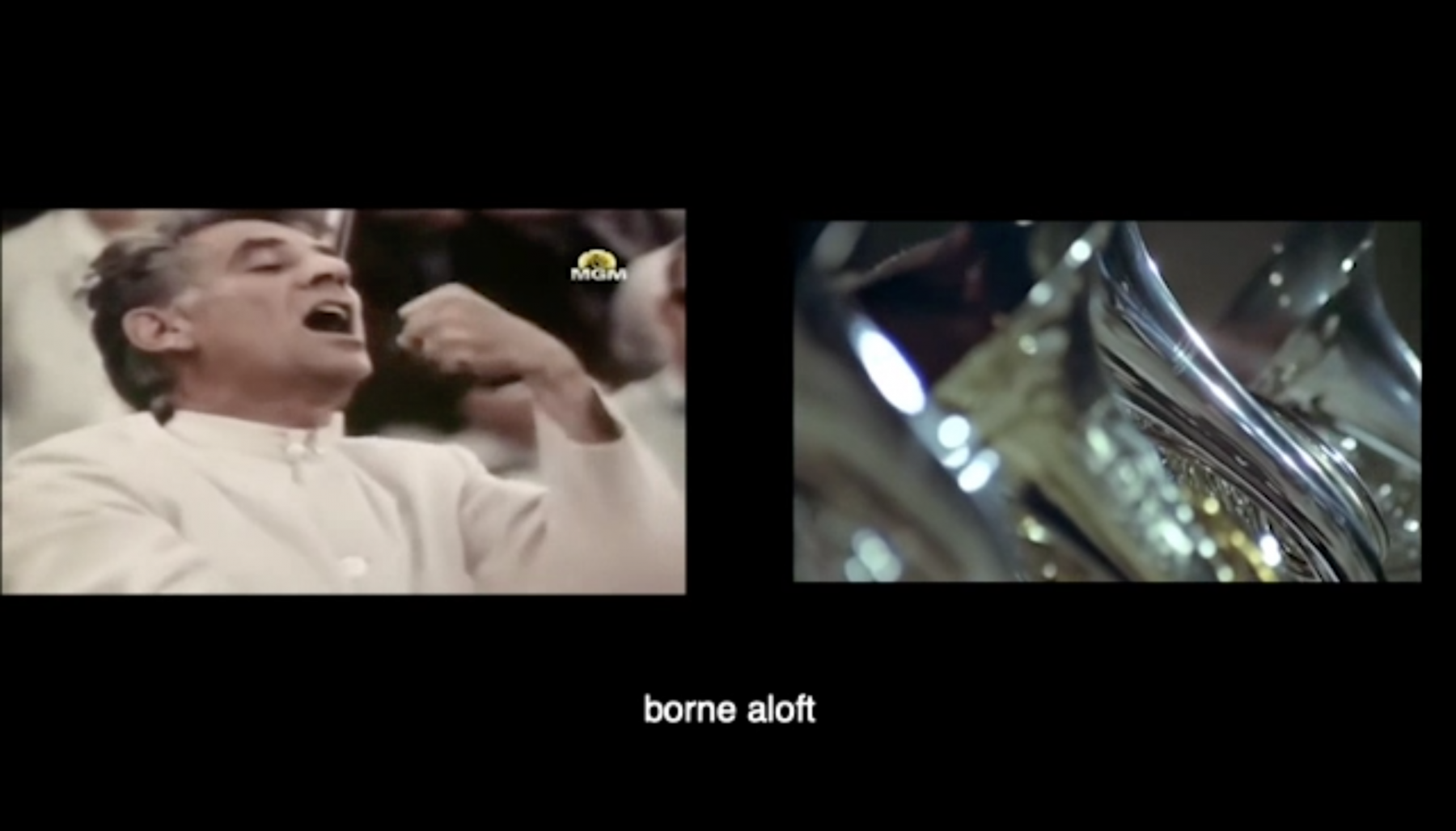
Nadia Perlov, All Those Doubleness, 2022. Film Still.
Celebratory “victory concerts” are, of course, neither new nor obsolete. Bernstein himself conducted the Berlin Freedom Concrete after the fall of the Wall in 1990. As recent as 2016, acclaimed Russian conductor Valery Gergiev conducted the Russian Mariinsky Theatre Symphonic in the Roman Theatre in ancient Tadmor (Palmyra), Syria. The Islamic State largely destroyed the historical site during the Syrian civil war, in which Russia, the US, and other national powers have either directly involved themselves or provided significant aid and support to one of the fighting sides.
Gergiev was at the time the chief conductor of the Munich Philharmonic, a position he lost in March this year for failing to respond to a demand issued by Munich’s Mayor to condemn the “brutal war of aggression that Putin is waging against Ukraine and now, in particular, against our sister city of Kyiv”. Both the Ukrainian and the Syrian wars have been directly felt in Germany through the arrival of refugees seeking shelter within its borders.
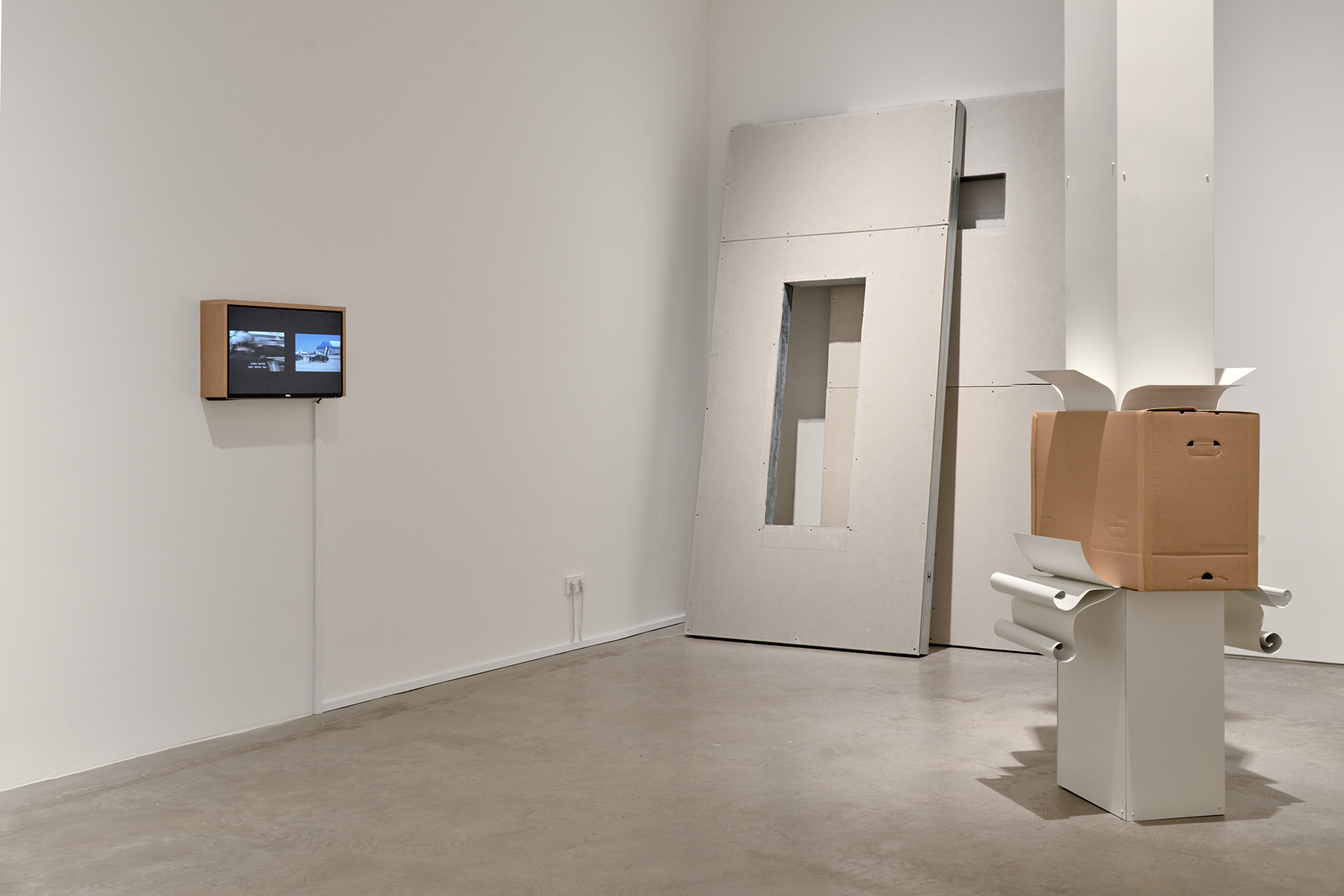
Nadia Perlov, All Those Doubleness, 2022. Installation view, Sammlung Pohl, Marburg. Photography: Jens Gerber.
As part of the Israeli efforts to take hold of the massive lands it suddenly occupied under martial law (without annexation), settlements began to appear, which have since the beginning been considered illegal by international law. In Sinai, on the Northern shores of the Mediterranean, a new city began to take form: Yamit was founded in 1975 with 250 prefabricated housing units, a public swimming pool, sports facilities, a school, a clinic, a synagogue and a cultural hall. The use of prefabricated walls for prompt construction helped settlements rise to the ground in no time.
Even though rapidly built, Yamit flourished with activities and agriculture and bestowed a sense of stability upon its residents. In 1982 following the peace agreement with Egypt, Yamit was also quick to be evacuated. Many of the people who were sent to inhabit this new city just a few years beforehand refused to evacuate peacefully, resulting in them being dragged out in a violent deportation operation executed by the Israeli Army.
The prefabricated walls that built Yamit were disassembled and brought back to Israel. They were neatly laid one on top of the other in a small wasteland close to the borders of Egypt and Gaza. Some walls have holes for windows and doors in them. Some still carry remnants of the homes they were. This place is known as the Cemetery of Walls –– a desert corner where the walls were laid to rest, perhaps waiting for their own resurrection.
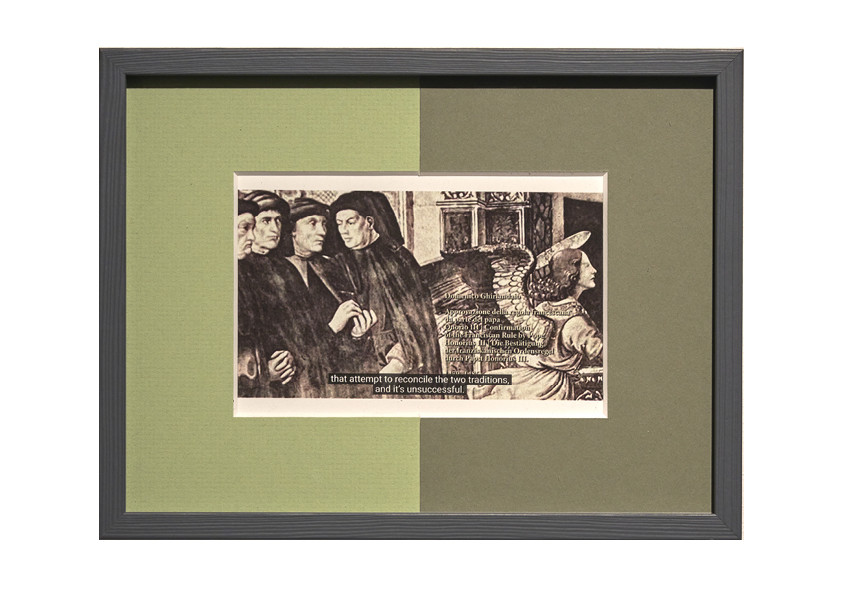
Nadia Perlov, All Those Doubleness, 2022. Installation view, Sammlung Pohl, Marburg.

Nadia Perlov, All Those Doubleness, 2022. Installation view, Sammlung Pohl, Marburg.
Mahler, who converted to Catholicism amid a rise of Antisemitism in Europe to keep his position at the Vienna Hofoper, wrote his 2nd Symphony in C minor, known as the Resurrection, between 1888 and 1894. The choice of this highly Christian (European) theme for the most significant “Jewish victory” in recent history shines on the dual and ambivalent character of the occasion and the political and historical topography at large –– On the top of Mount Scopus, an orchestra comprised of mostly Holocaust survivors plays a Christian symphony composed by a converted Jew, in front of army generals and heads of state, conducted by Bernstein, an American Jew, who is obsessed with Mahler, all while in the same time people are forced to flee their home and become refugees themselves; A people deprived of geographic belonging.
Following Bernstein during his visit to Jerusalem, an MGM camera crew captured the complex reality which was only beginning to form. In the film, A Journey to Jerusalem, the concert on Mount Scopus is cross edited with footage of graveyards of Israeli soldiers and wounded Palestinians crossing the River Jordan into exile –– expanding the axes of sacrifice, resurrection and exile. Rearticulated through the Hollywood gaze, the story being told is one of the good guys vs bad guys, reproducing the same flattened binary impressions of the region, widespread since the 19th century, and binding it to a narrative foreign to the multifaceted actuality. Bernstein sees Mahler’s Ressurection as “a metaphor for all that has happened in Israel and the Jews in the history, the ancient cycle of threat, destruction, human suffering and rebirth is all mirrored here [...] the expression of human faith, the deep belief that good must triumph”. Yet what Bernstein doesn’t see is the other cycle, the reciprocal suffering that simultaneously continues to unfold at the foot of the mountain.
**
The Hebrew word for conductor, “Menatzeach” (מנצח), also means winner. It is related to the word “Nitzachon” (ניצחון), which means victory, and its root is the word “Netzach” (נצח), which means eternity.
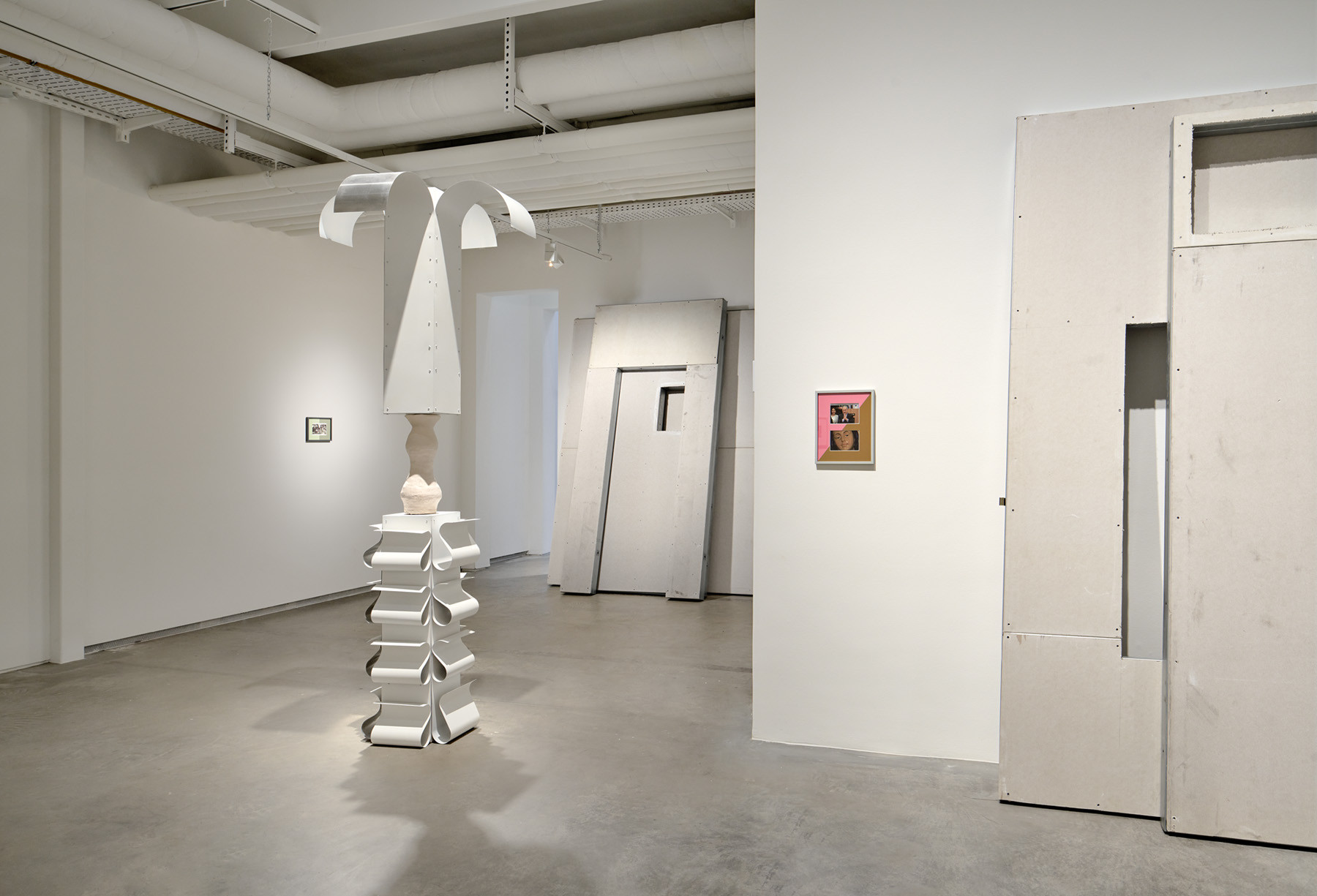
Nadia Perlov, All Those Doubleness, 2022. Installation view, Sammlung Pohl, Marburg. Photography: Jens Gerber.
All Those Doubleness
Nadia Perlov
14/09/2022 - 31/01/2023
Sammlung Pohl
Zu den Sandbeeten 12a – 14
35043 Marburg